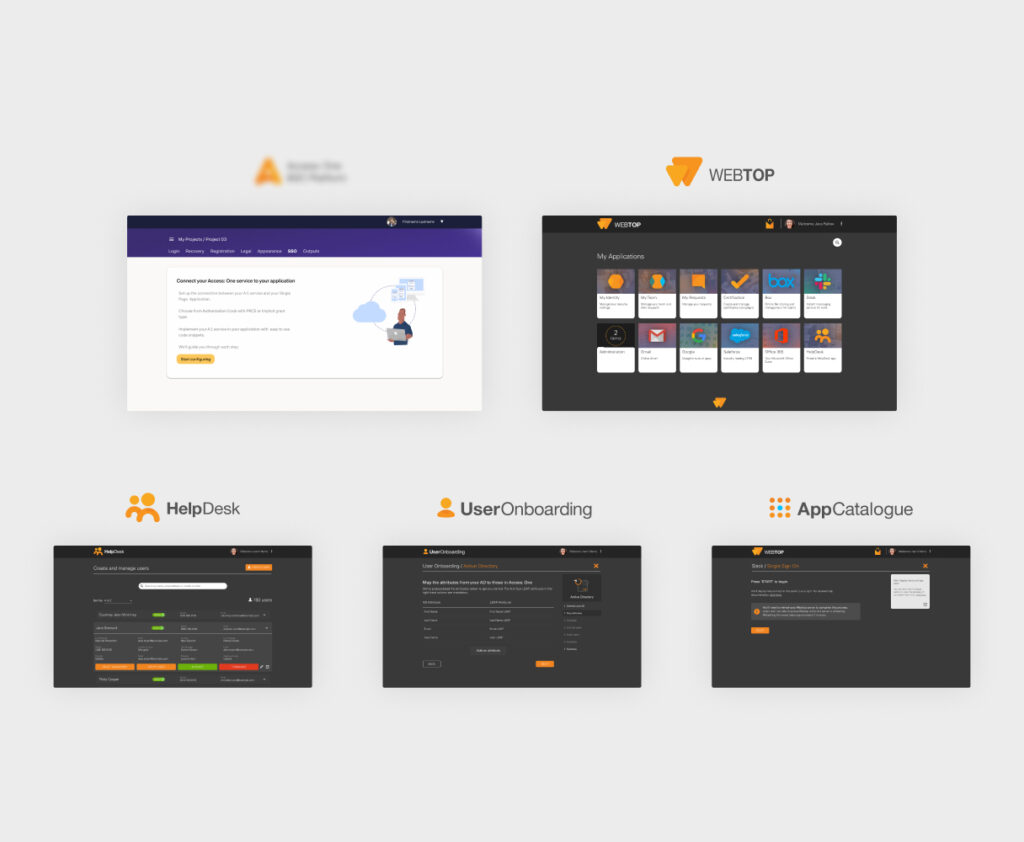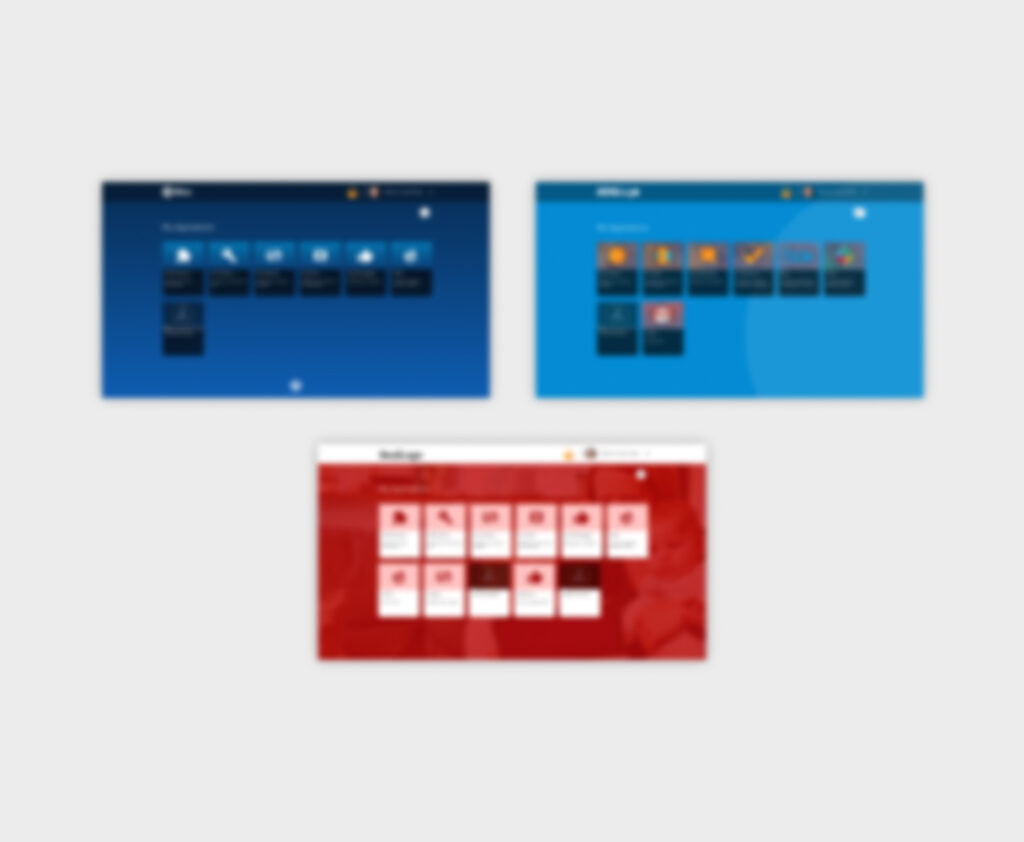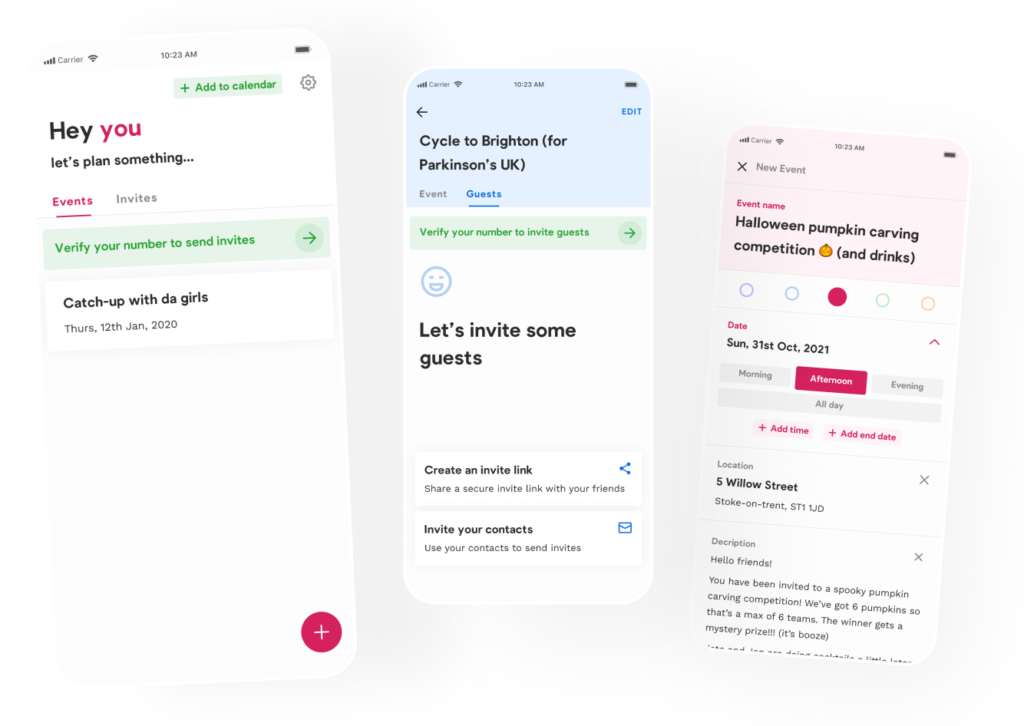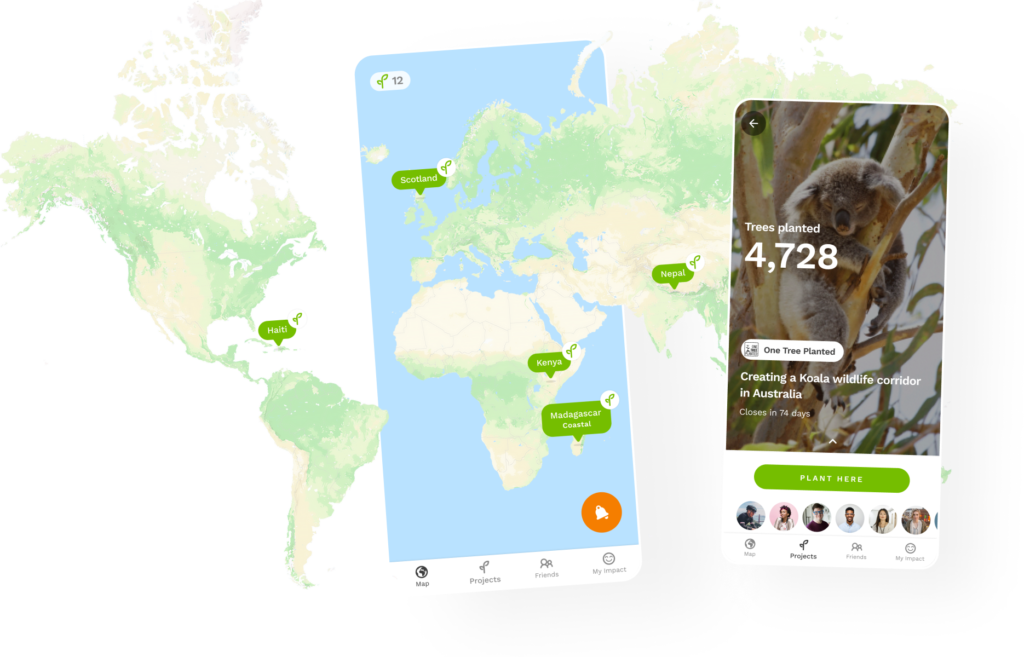
A themable design system built for Pirean’s range of identity and access management (IAM) applications.

Though this feature was very popular, it was not very flexible and could easily allow admins to create an interface which was inaccessible.


